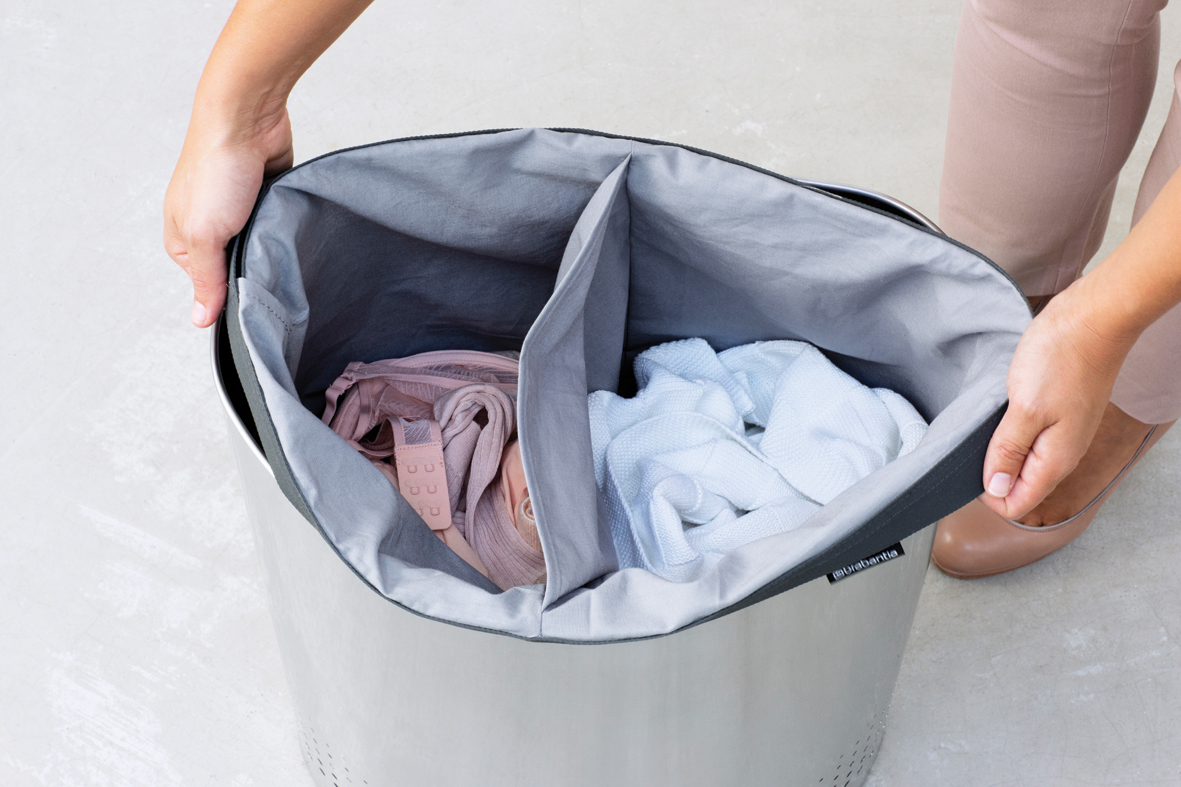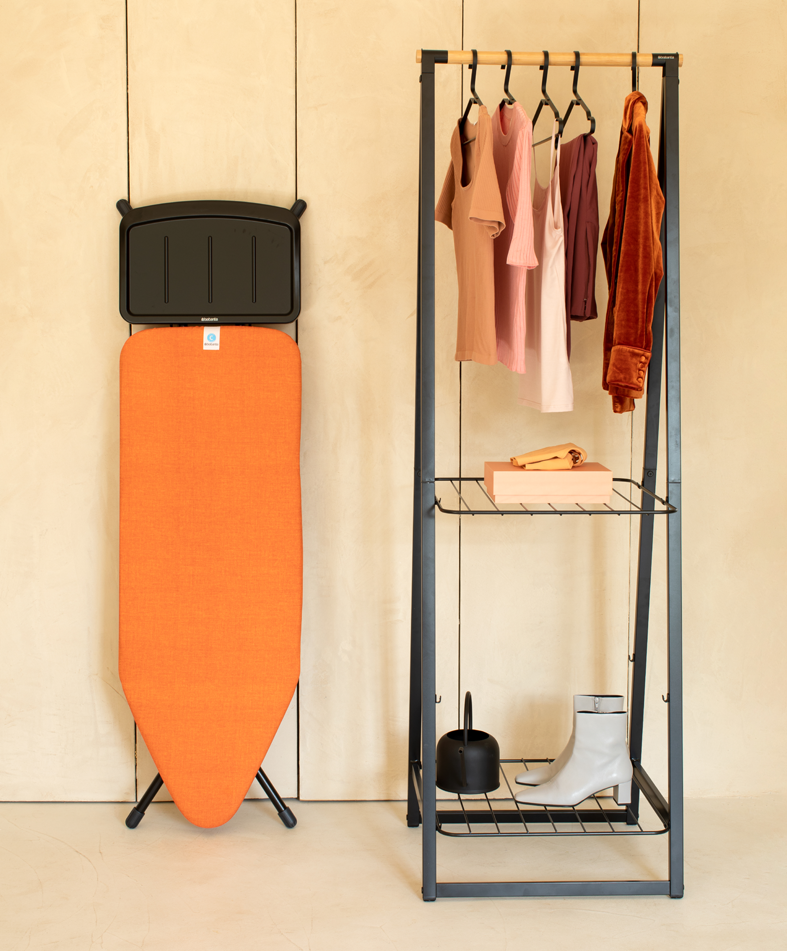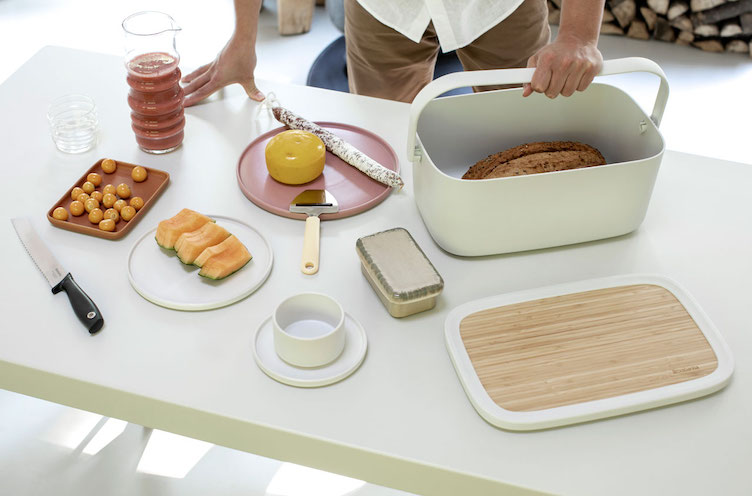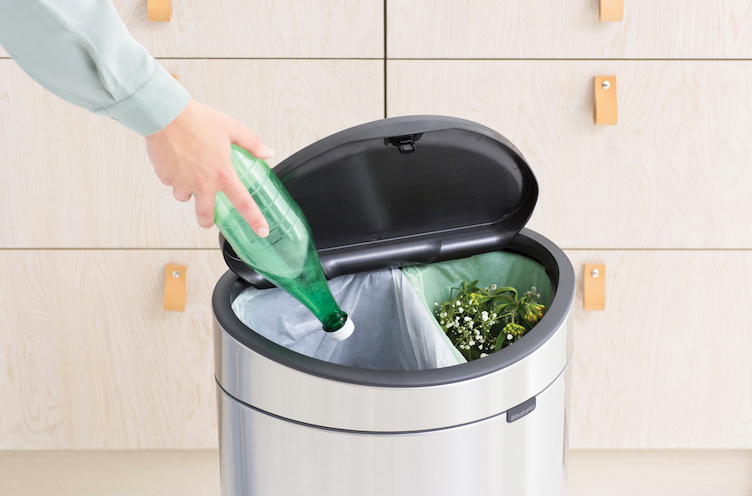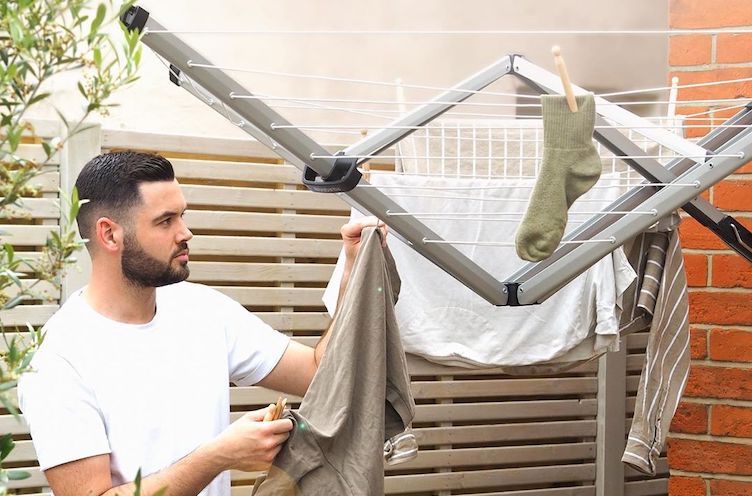
-
 By
Brabantia _
By
Brabantia _ - 13 Feb 2023
How to take good care of your favourite summer clothes
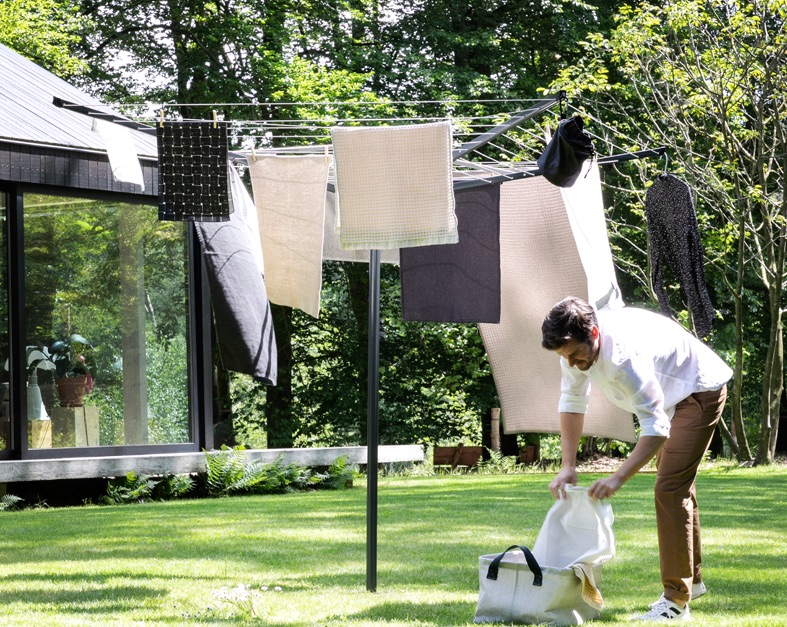
How to take good care of your favourite summer clothes
Ah lovely, the summer. Airy fabrics, light colours and finally your swimwear again. Here's how to take good care of your favourite summer items.
STAINS
Grass and sweat stains are typical in summer. They are often a sign that you've had a good time, but you don't want to be left with them. We have four tips for removing sweat stains:
- Spray with vinegar before washing.
- Mix baking soda with warm water, leave on for two hours before washing.
- Mixture of lemon juice and water, leave for one hour.
- Mixture of two aspirins and a cup of hot water, soak for four hours.
Yellow deodorant stain on your white blouse or T-shirt? Mix baking soda with water and hydrogen peroxide and rub it into the stain. Then put your clothes in the washing machine and the stain is gone. Even better if you leave white clothes to dry in the sun, as it is a natural stain-remover.
Grass stains are best removed by rubbing them in with organic soap before washing. Detergent (with lemon) often works as well. Let it soak in for a while before washing the garment. For very stubborn stains, a combination of pure alcohol or Sterilon and stain powder works. Leave for a while and then wash.
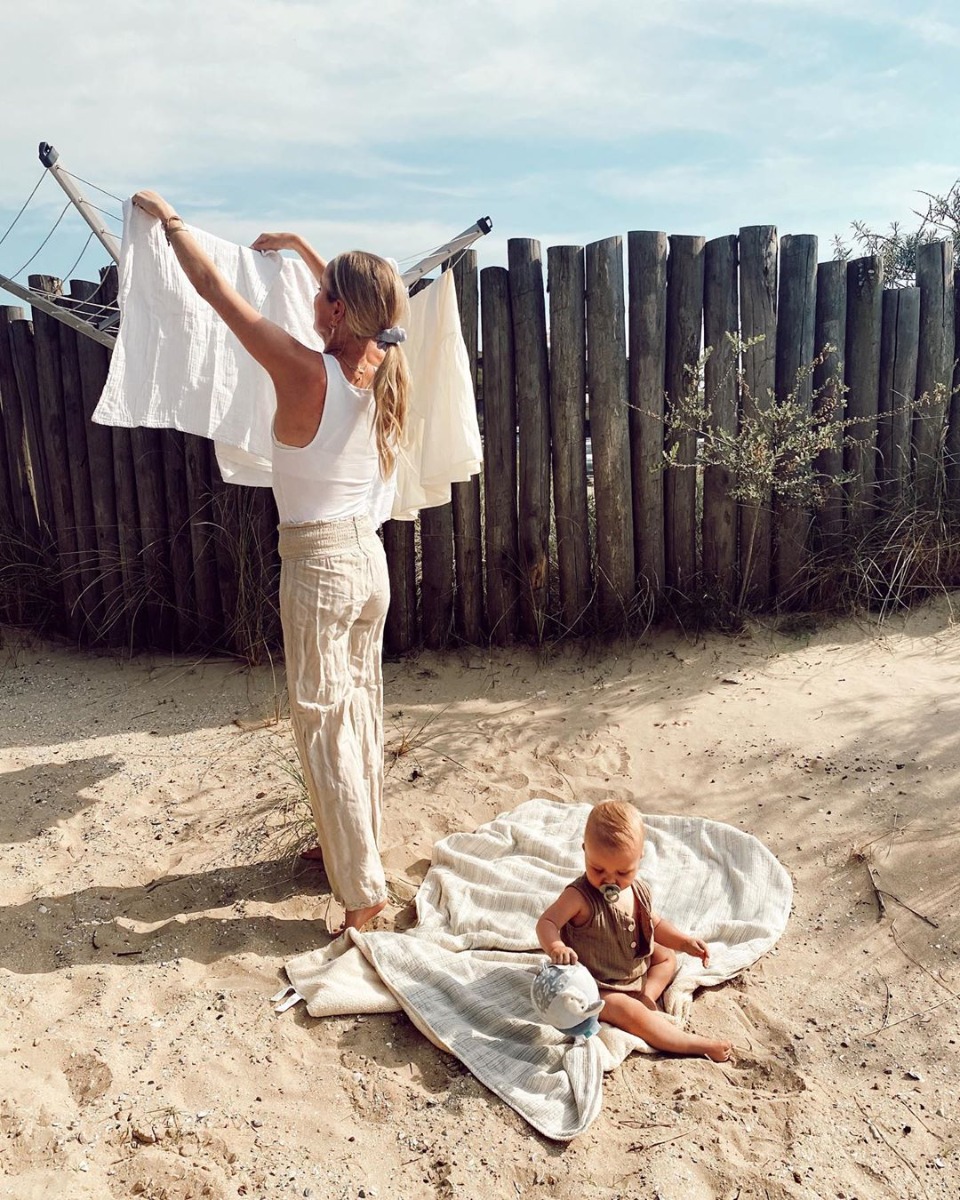
SUMMER SILK
Silk and linen are wonderful summer fabrics. But washing and drying them is slightly different to washing your jeans. Silk is best washed by hand in lukewarm water. Use detergent especially for silk and make sure the fabric is not left in the water for more than a few minutes. Are you ready? Carefully squeeze out your garment and roll it in a dry towel. Then hang it up - please note that hanging wet silk in the sun can turn it yellow. If you hang your garment by its sturdiest part - the waist or inside hem - you won't have clothes peg prints. Or hang it on hangers. This way you can store more laundry and what is hanging on a hanger can go straight into the closet when it is dry.
AIRY LINEN
Linen can be washed in the machine, but strong colours or designs can run at first. Wash them by hand in lukewarm water with a little liquid detergent and 1 dl of vinegar. Clean? Carefully pull the garment into shape before letting it dry. Roll it in a towel to remove excess moisture and hang it up. Iron linen while it is still slightly damp, using the iron on its highest setting.
Pro tip: Don't dry dark clothes in the sun as it may discolour them.
LOOK AFTER YOUR SWIMWEAR
Sweat, salt, sand, sun and chlorine all wear away the elastic in your swimwear. The latter two can also cause discolouration. So take a shower before swimming and rinse your swimwear with plenty of water after. Also be careful with sunscreen - it can stain or discolour. Another reason to rinse out your swimwear thoroughly after swimming. If you want to wash your swimwear, preferably do it by hand or machine wash it on a gentle cycle. After washing, gently squeeze out the water and hang your swimming costume or bikini on the washing line, but not in the hot sun.
Pro tip 2: Don't put wet (bathing) clothes in your laundry basket. This will result in unpleasant odours. Clothes may discolour or even go mouldy.
SUSTAINABLE WASHING & DRYING IS HOW TO DO IT:
1. Wash less
Washing costs water and energy. It also wears out your clothes. So make sure your clothes don't get dirty so easily: put on deodorant and perfume before you get dressed and hang your work clothes out to dry when you get home. Still a stain? A quick dab with a cloth and a little washing-up liquid usually works wonders. Do you have to wash your clothes anyway? Spare it as much as you can. After all, your washing will be cleaner if you wash with a full drum. And you get more clothes clean with the same amount of energy. So wait until the laundry basket is full before you run the washing machine. If you want to wash less, a bigger (or extra) laundry bin might be a good idea. Take a look at our Bo laundry bin, for example. Or get some of those handy stackable laundry bins.
2. Wash more sustainably
Most laundry doesn't need to be washed hot. In most cases, 30 degrees is really sufficient. The label in your clothes will tell you the maximum temperature you can wash them at. But you can always go lower. And are you looking for a new washing machine? Choosing an energy-efficient machine can save you water, energy and money - up to 100 euros a year. A machine with energy label A is the most economical choice. The energy label also indicates the water consumption of the washing machine in litres per year.
3. Durable drying
Line-dry clothes instead of tumble-drying them to save energy and money. Drying outside is ideal, especially in summer - the sun and wind are great at removing wrinkles. And they give your laundry a wonderful smell for free. For outdoor drying, a clothesline is ideal. You can even use the WallFix on your balcony. Avoid double washing: clean your clothesline with a cloth before hanging the laundry. Or use one of our easy-to-use indoor rotaries or protective covers to keep your lines clean and dry.
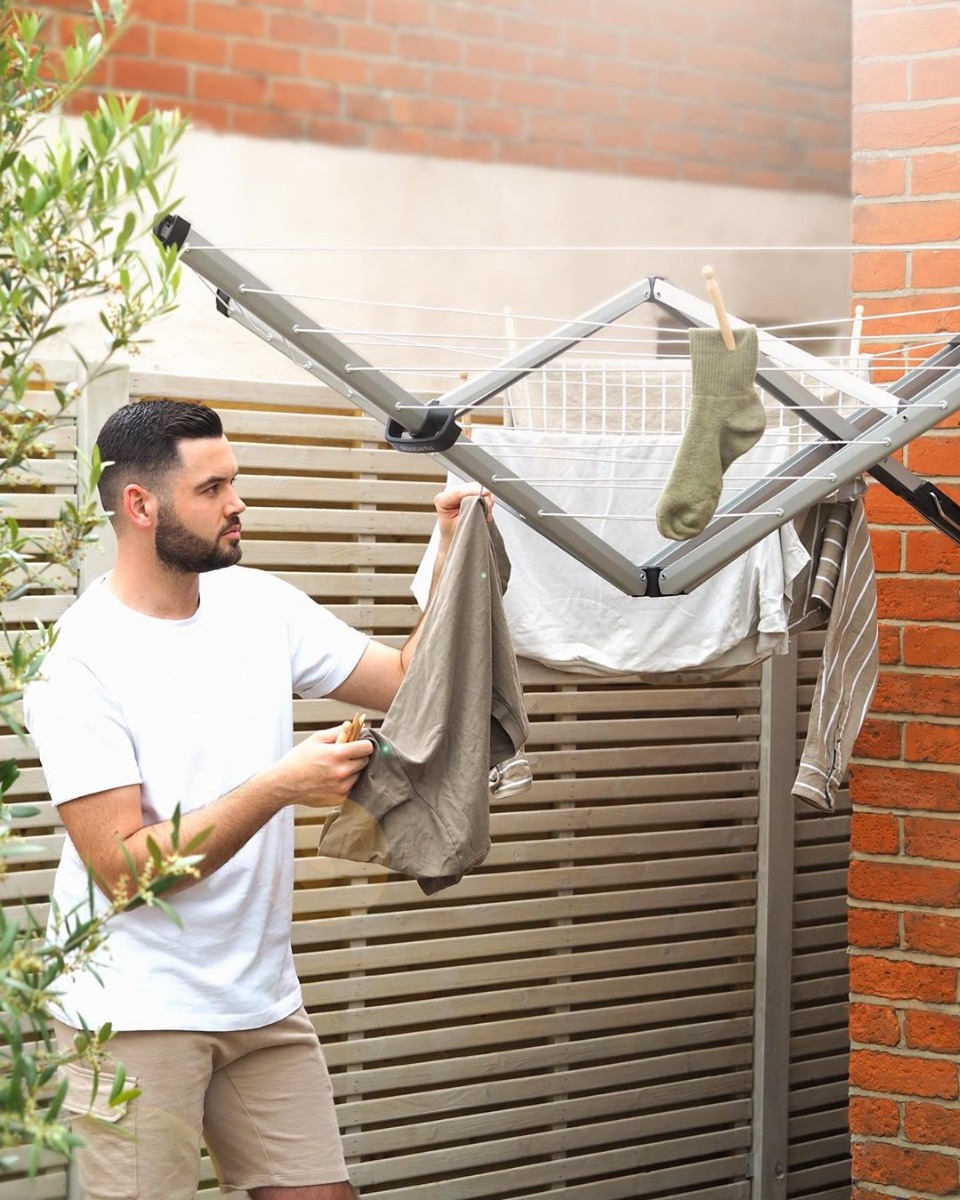
Prefer to dry inside? Then invest in the biggest drying rack you can find and fit all your laundry on it. Our tower drying rack gives you 23 metres of drying space and costs just one square metre of floor. The Linn drying rack is spacious enough to dry a full basket of laundry. It is also beautiful enough to leave on - useful for hanging clothes out to dry or airing. If you hang clothes on hangers, you can double the amount of laundry you can put away. And whatever is hanging on the hanger can go straight into the wardrobe when it is dry.


